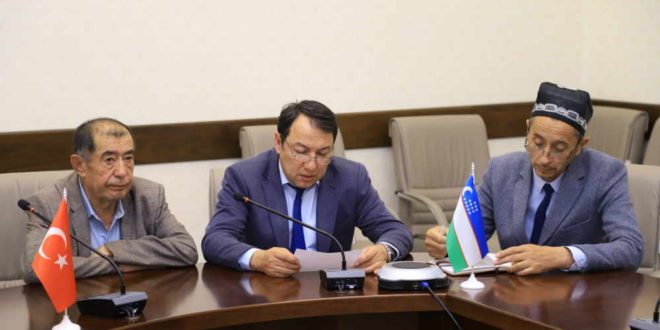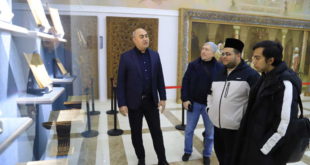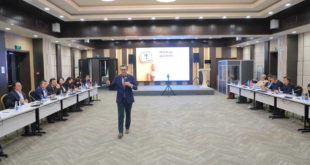On April 14, the Imam Bukhari International Scientific Research Center, in collaboration with the Imam Maturidi International Scientific Research Center and the Research Centre for Islamic History, Art and Culture (IRCICA) under the Organization of Islamic Cooperation (OIC), held an international online scientific seminar titled “Chokardiza Cemetery: Past and Present.” The seminar brought together researchers from the partnering centers, as well as leading scholars and experts from academic institutions in Uzbekistan and Turkey, fostering scholarly dialogue on the historical and contemporary significance of Chokardiza Cemetery.
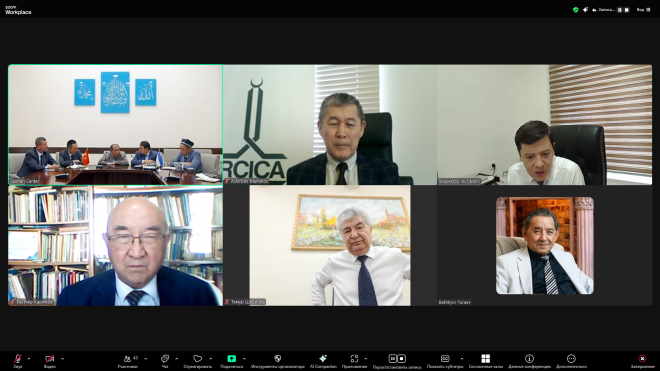
The seminar, organized in honor of the 1155th anniversary of Imam Maturidi’s birth, featured a presentation by Amriddin Berdimurodov, Senior Researcher at the Samarkand Institute of Archaeology named after Yahyo Gulomov and Candidate of Historical Sciences.
In his lecture, the scholar elaborated on the historical significance of the Chokardiza Cemetery and its deep connection to Imam Abu Mansur Maturidi’s legacy. As emphasized during the seminar, the Chokardiza Cemetery in Samarkand is the sacred burial place of Imam Maturidi, and for centuries it has been considered a revered pilgrimage site frequently visited with great respect by scholars and followers from across the Muslim world.
- Berdimurodov emphasized that the history of the Chokardiza Cemetery dates back to the 9th–10th centuries. He noted that the first person to be buried there—according to his own will—was Imam Abu Is’haq ibn Ibrahim ibn Samosi al-Mutawwi’i, who was laid to rest in his own garden. Following this, the site gradually became a resting place for scholars, saints, and religious leaders, turning it into a sacred ground of high esteem. Imam Maturidi was also buried at this site, which further underlines the spiritual and scholarly status of Chokardiza as a revered maqam (sanctified site).
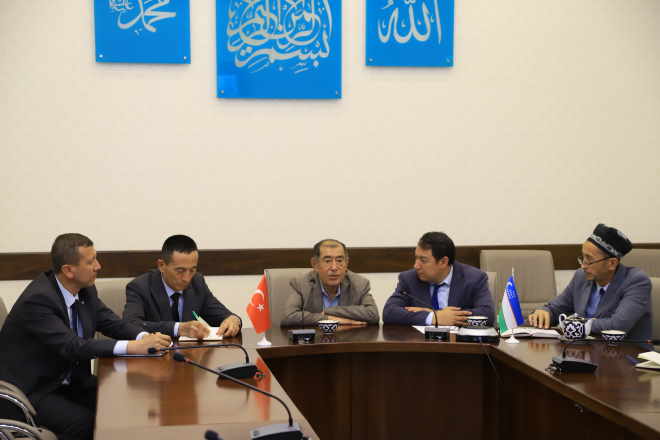
The Chokardiza Cemetery is not only a cherished site for Samarkand but also holds great significance for the entire Islamic world, especially for scholars, earning the title of “the final resting place of the scholars.” According to historical sources, prominent scholars with names such as Bukhari, Naysaburi, Nasafi, and Hoqqandi are buried there. This highlights the high regard and respect for the individuals who rest in this sacred ground. As noted in the work “Qandiyyah” by Abu Hafs Najmiddin Umar Nasafi, apart from the cemeteries in Mecca (Mu’alla) and Medina (Baqi’), there is no cemetery more esteemed than Chokardiza in terms of its scholarly significance and the high status of those buried there.
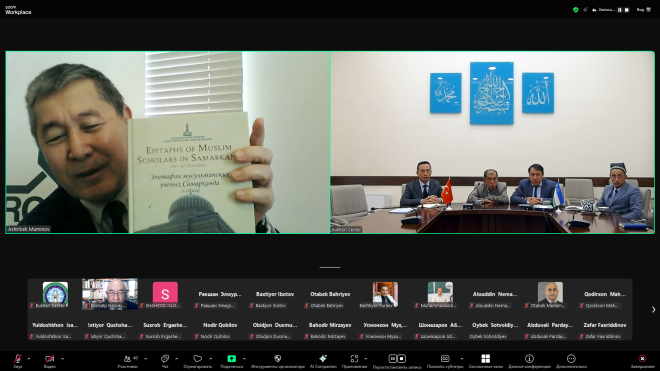
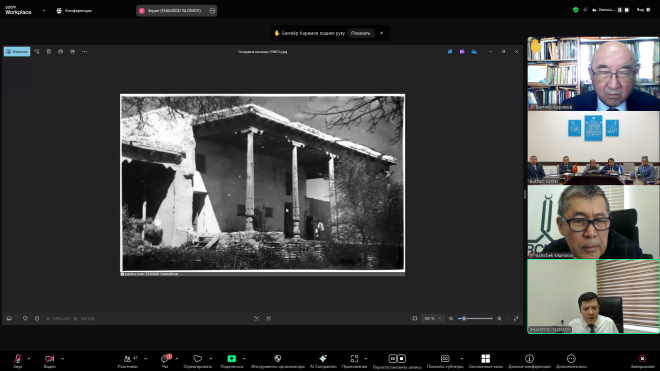
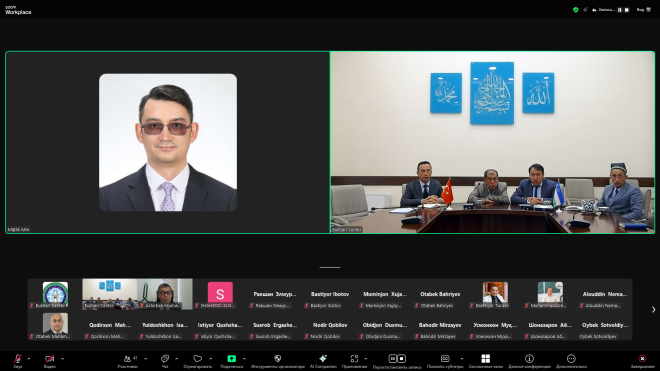
During the seminar, information was also shared about the archaeological research conducted in Samarkand in the 2000s. It was noted that the grave of Imam Maturidi was discovered on the site of houses along Ghijduvon Street, and a mausoleum was subsequently constructed over his burial site. As a result of these efforts, the restoration of the Chokardiza Cemetery as a well-maintained and revered site was made possible, ensuring its preservation and continued recognition as a sacred place.
The seminar also highlighted the Decree of the President of the Republic of Uzbekistan dated March 14, 2025, on the celebration of the 1155th anniversary of Imam Maturidi’s birth. This decree emphasizes the importance of deepening the study of Imam Abu Mansur Maturidi’s intellectual legacy, continuing archaeological research at the Chokardiza Cemetery in Samarkand, and fully restoring the pilgrimage site. This initiative is not only a step towards honoring the past but also a significant move in preserving and passing on this precious spiritual heritage to future generations.
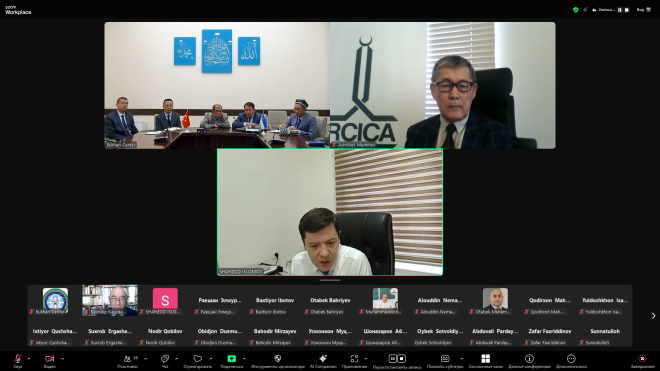
At the conclusion of the seminar, a number of scientific and practical proposals were put forward aimed at further in-depth study of the Chokardiza Cemetery and the promotion of its historical and scholarly significance on an international level.
 Imom Buxoriy xalqaro ilmiy-tadqiqot markazi bukhari.uz
Imom Buxoriy xalqaro ilmiy-tadqiqot markazi bukhari.uz
